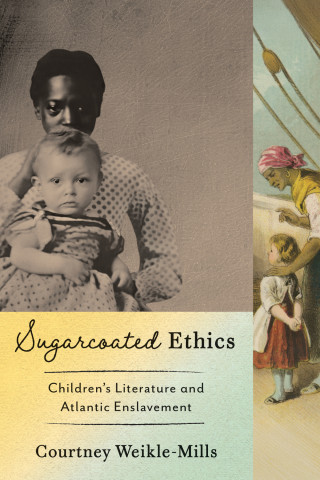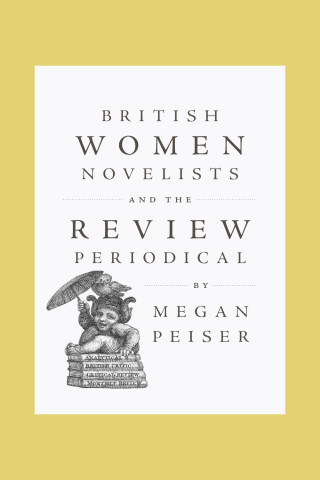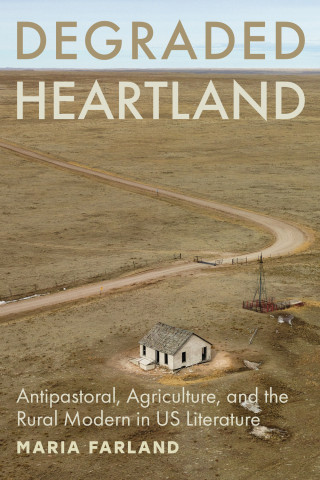
Reviews
One of the best of the many partial biographies that Byron has received... Thanks to Elledge's psychobiographical probing, not only the troubled youth but the mature poet comes better into focus.
Lord Byron at Harrow School is fine work. Elledge gives a valuable, detailed picture of Byron.
[A] witty and learned study of Byron's schooldays... Elledge's sensitive textual analysis of Byron's self-dramatization in his earliest letters is particularly impressive, and will hopefully inspire others to follow in his footsteps by examining the performative aspect of the correspondence of his adult years.
A work that gives us new insight into Byron's youth and its relation to his later poetry.
Lord Byron at Harrow School is an exquisitely written, scholarly informed, and deeply considered study of Byron's psychological and social development. Elledge's book not only greatly expands our knowledge of the circumstances in which the most popular poet of the nineteenth century assumed an eloquent and mobile identity, but it goes a long way toward rehabilitating romanticism as a theatrical culture.
Book Details
Acknowledgements
Abbreviations
Prologue
Chapter 1. Tutor and Tenant
Chapter 2. Virgilian King: 5 July 1804
Part I
Chapter 3. William Henry West Betty
Chapter 4. Villain: 6 June 1805
Part II
Chapter 5
Acknowledgements
Abbreviations
Prologue
Chapter 1. Tutor and Tenant
Chapter 2. Virgilian King: 5 July 1804
Part I
Chapter 3. William Henry West Betty
Chapter 4. Villain: 6 June 1805
Part II
Chapter 5. Shakespearean King: 4 July 1805
Epilogue: "The Sixth of June"
Notes
Selected Bibliography
Index





